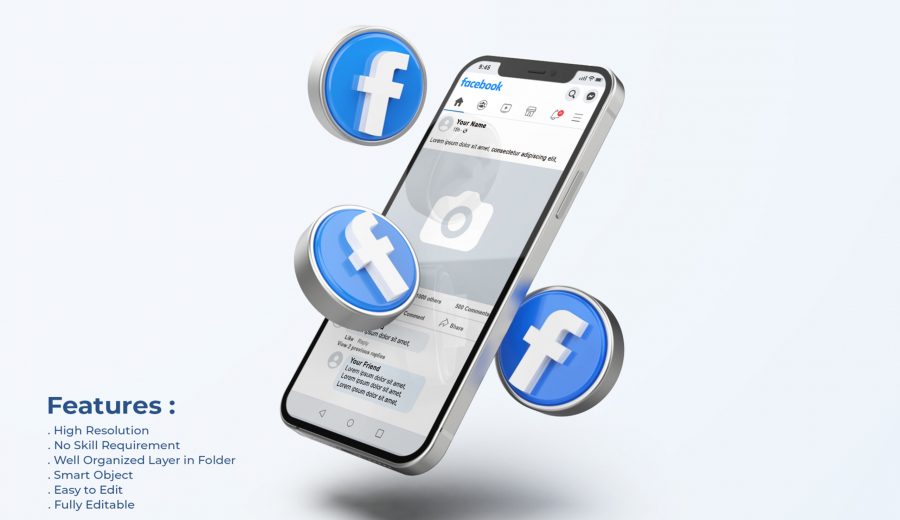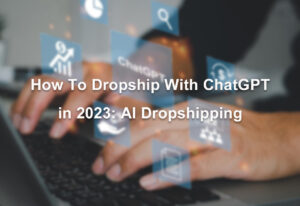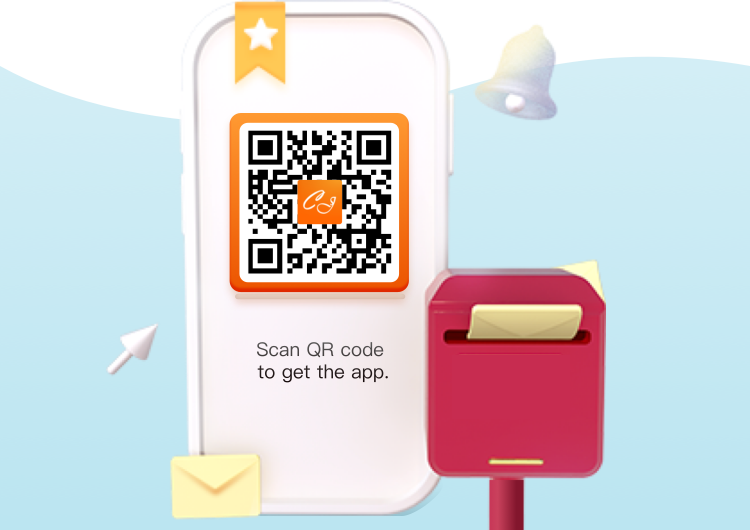Recently, there are some adjustments to ads settings from Facebook from September 21st, 2021. The new updates of FB Ads might bring difficulties for advertisers who are trying to use audience data to increase customer insights. And in this article, let’s walk through what kind of changes it will bring us.
Update on Targeting Expansion
Facebook will automatically apply Targeting Expansion to Detailed Targeting (including demographics, interest, or behaviors) and lookalike Expansion based on performance.
Update on Conversions API Settings
You will be prompted to set up the conversion API under the Pixel setting option.
| Find more about FB ads tips here! |
About update on Targeting Expansion
In general: So far, part of Facebook advertising accounts are still able to run under the previous audience expansion settings, meanwhile, some others have already begun to open the new audience expansion. From a long-term perspective, the trend will finally turn to the new audience expansion mode and this may not be turned off anymore.
Detailed Targeting Expansion and Lookalike Expansion
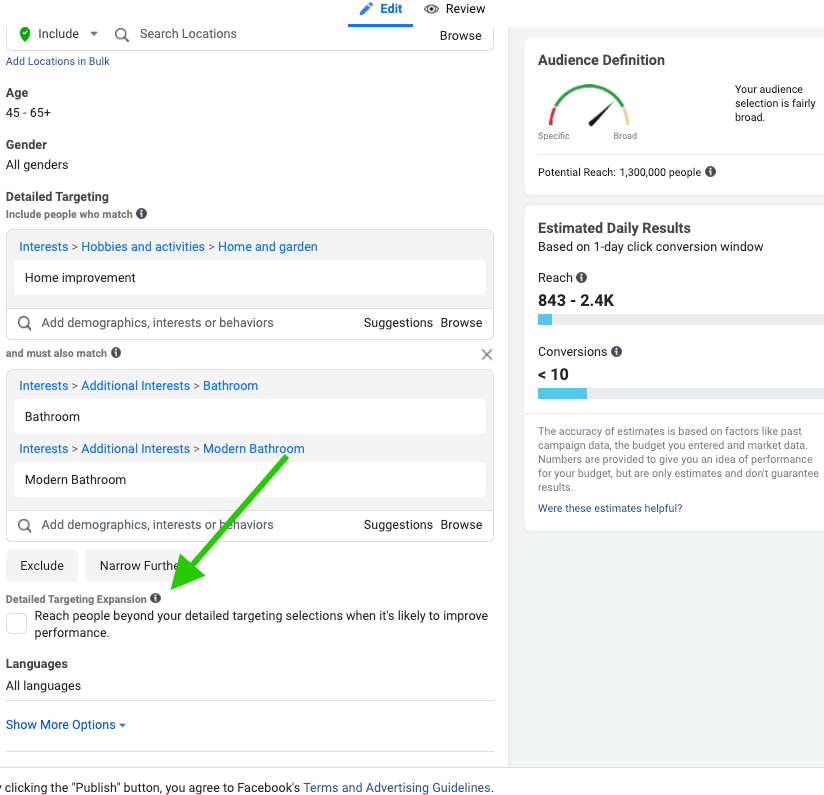
In terms of the explanation from Facebook:
“Targeting expansion can help improve your campaign performance by allowing our system to reach a broader group of people than you defined in your detailed targeting selections.
You can use this option when you want us to show your ad to additional people who we think would get you more and/or cheaper results. Our system implements targeting expansion when it determines that doing so could improve performance.
Depending on your campaign objective, targeting expansion is either automatically enabled (and can’t be changed) or is turned off by default (but can be enabled).”
The former version of Detailed Targeting is open by default, yet it can be turned off manually. But in the updated settings, the option can not be closed anymore.
Official explanations
The official explanation is like: “Our ad delivery system uses the demographics, interests, and behaviors you select through detailed targeting as a guide for ad delivery, while also dynamically assessing performance.
If our system finds better performance opportunities outside your defined audience, targeting expansion allows us to dynamically make updates that reflect where we’re seeing the better performance and we may expand your audience further to include similar opportunities.”
To put it simply: Facebook predicts that advertisers should expect to see campaign performance stay relatively the same or even improve.
If you want to test it, you can run some ads samples and wait to see the outcome. To narrow the targeting range down, you can start from location, age, gender, and language.
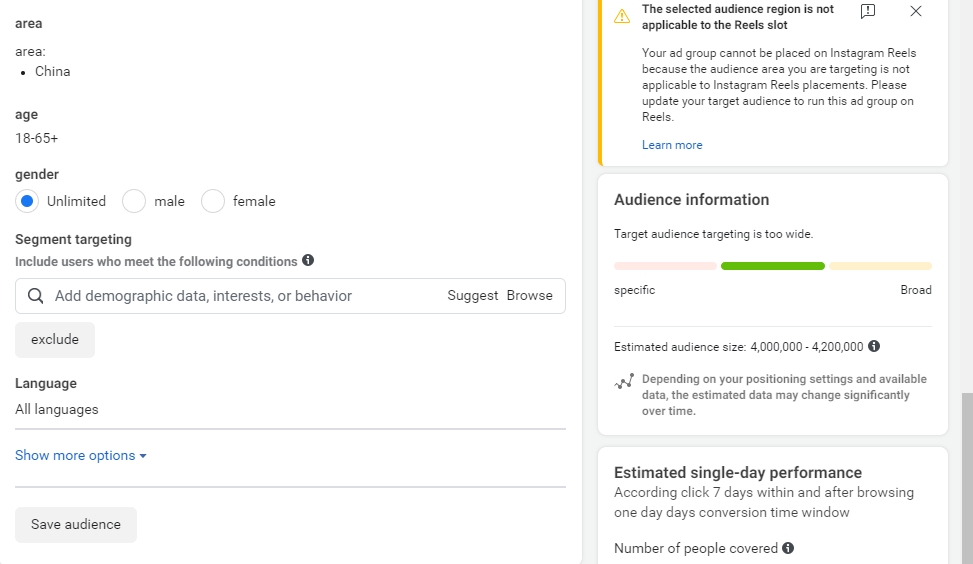
How the Conversions API works
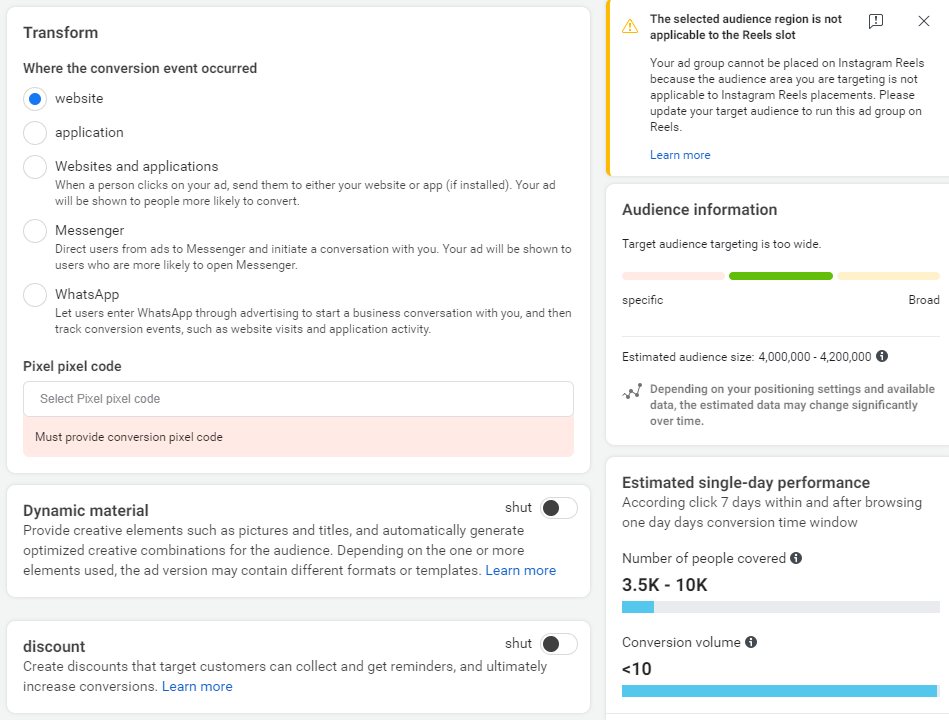
According to the official explanations: “The Conversions API is designed to create a direct and reliable connection between marketing data (such as website events and offline conversions) from your server, website platform or CRM to Facebook. This marketing data helps power ad personalization, optimization, and measurement on Facebook so that your ads are shown to people who are more likely to be interested in them.
There are several options you can use to set up the Conversions API. Many integrations don’t require a developer, and if you use a commerce platform such as Shopify you can set up the Conversions API in just a few clicks.”
You will be prompted to set up the conversion API under the Pixel setting option. And actually, that is what users recommended to do since it will be good for Pixel to capture more missing data and to improve the online ads.


